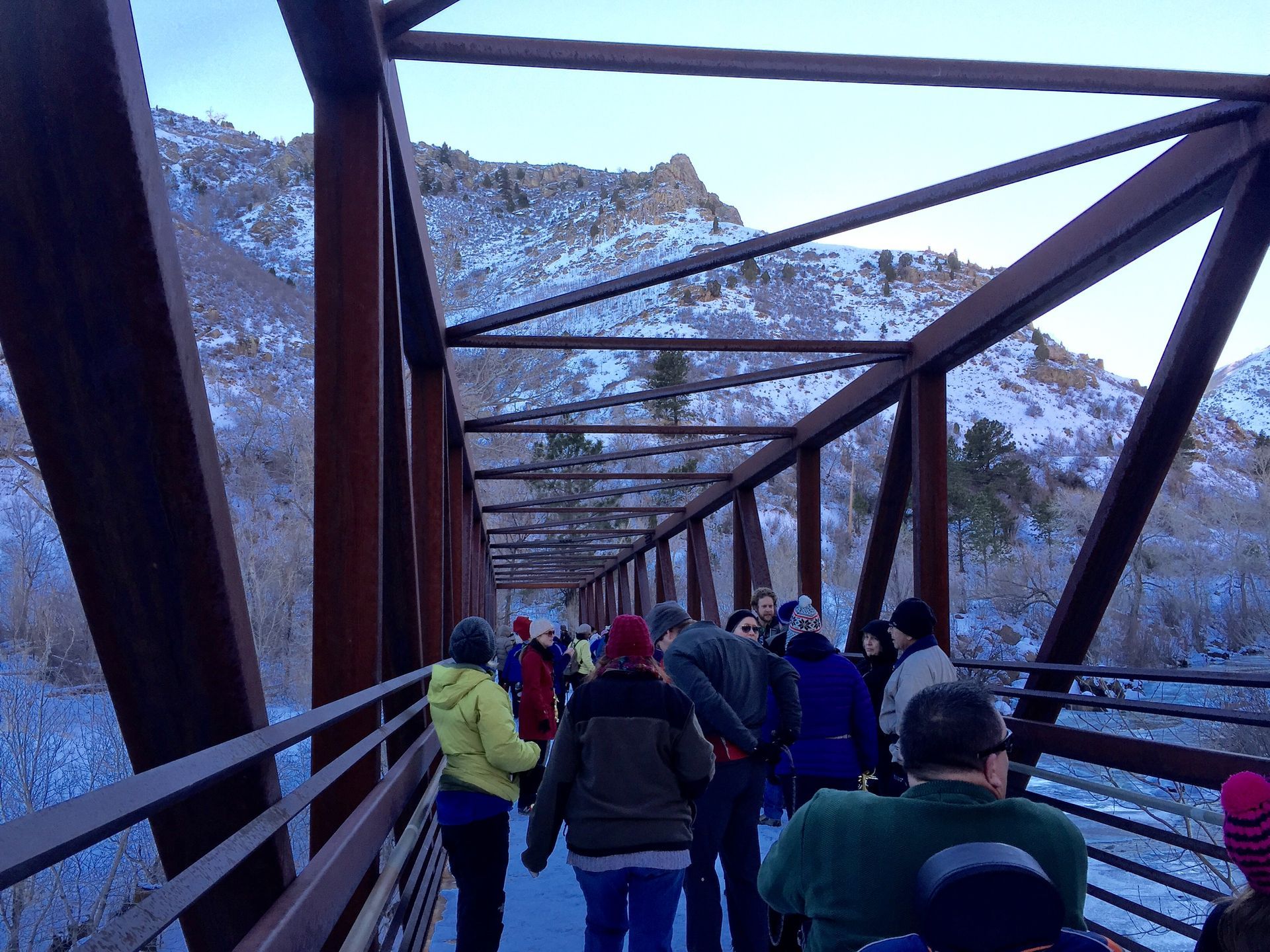If Murray Isn't Happy, No One Is Happy: Value Your Social Nodes
Murray wasn't happy. He was sure this new initiative would fail, just like all the others. 'I've been here for 31 years,' he'd say. 'They almost always fail.' But Murray was a planner, coordinating schedules and materials for teams across the entire organization. He talked to almost everyone, and he talked a lot. We had to get him on our side.
Digital transformations succeed or fail for many reasons, big and small. Most of those reasons are people-related.
But sometimes the reason is a person. One person. Or just a few people. People who, if you looked at them on a hierarchical chart, wouldn’t seem to have a bunch of power. But WOW, they have a lot of influence.
We call these folks social nodes, and few actions will support your transformation success more than finding them, knowing them, honoring them, and getting them on the side of change.
On factory floors, sometimes, they are social nodes because their role is so far-reaching. Planners, tooling designers, and in-process inspectors who talk to everyone and know everything are often social nodes. Union officers may be social nodes as well.
But they could also be social nodes because they are simply people who connect well. The person who organized the chili cookoff or the person who always seems to be chatting in the breakroom. The person who reads all the company newsletters and emails and knows what’s happening outside the day-to-day.
Social nodes often have strong opinions. They are loyal on multiple levels, but they’ve often been around for a few ‘transformations’ and can rattle off what went wrong in every one of them.
Once we know who they are, we can build communication to support them. In various projects, I’ve given them special briefings, created a place in the project updates that comes from them, given them access to early information they could disseminate, or checked in with them regularly to learn how implementations are going.
For Murray, we created a special column in the project newsletter called 'Murray's Musings' and recorded and transcribed a little interview every month. We asked about the problems with the old processes and checked in on new ones. We asked about his history with the company. We let him know that everyone, including the C-Level folks, was getting the newsletter and reading his words. Murray is retired now, but his stories are recorded as company history. And the initiative succeeded, partly because we recognized Murray as a social node and got him on board.




